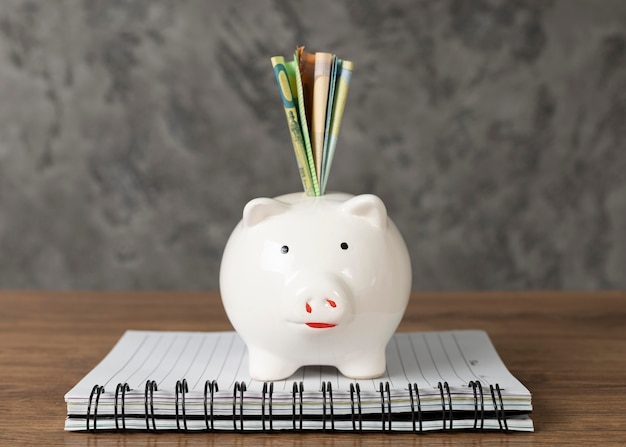Key Features to Consider When Choosing a Savings Account

Most financial experts suggest keeping three to six months’ worth of funds easily accessible in a savings account. But which type of savings account should you choose? Unlike the limited options in 15th century Europe, today you can pick from traditional savings accounts, high-yield savings accounts, and money market accounts.
So, what should you look for in a savings account? How do you know which one is right for you? Or should you consider having more than one? Let’s dive into some expert advice and break down the benefits of savings accounts.
### Seek the Highest Interest Rates Possible
A savings account shouldn’t just store your emergency funds; it should also help your money grow. Aim for accounts with high interest rates, such as high-yield savings accounts (HYSAs). While the national average savings rate is around 0.58%, many online banks offer rates over 4%, and some even exceed 5%. This is crucial because many banks pay interest rates lower than the inflation rate, which means you’re losing purchasing power every day. Your money should be working hard for you, protecting you against inflation. The impact of compounding returns makes it essential to earn the highest yield possible while keeping your funds in FDIC-insured accounts.
### Look for FDIC Insurance
It’s important to choose a bank account that is FDIC insured. The FDIC protects your money (up to $250,000) in case your bank fails. Make sure to read the fine print to confirm the bank is FDIC insured and understand the coverage limits. As of the end of 2023, there were 4,470 FDIC-insured commercial banks in the U.S., up from 4,136 the previous year.
### Look For Low or No Fees
You shouldn’t have to pay hefty fees to keep your money safe. Look for savings accounts with low or no fees, as many accounts come with maintenance fees, minimum balance requirements, and other charges that can erode your savings. Find accounts that offer free banking options by maintaining specific balance limits or automatically transferring funds from your checking account to your savings account. Avoiding fees helps your savings grow more effectively.
### Look For Ease and Convenience
Easy access to your savings is crucial. Choose an account that offers convenience and ease of use. Consider whether you can easily access your money through ATMs, online, or via mobile apps. A bank with a user-friendly digital experience and a wide network of ATMs can simplify managing your savings. Look for features like mobile check deposits and real-time transaction alerts.
### Having More Than One Savings Account Could Be Smart
You might not need multiple savings accounts unless you have more than $250,000, as that’s typically the FDIC insurance limit. However, having more than one account can still be a smart move, even if you don’t have that much money.